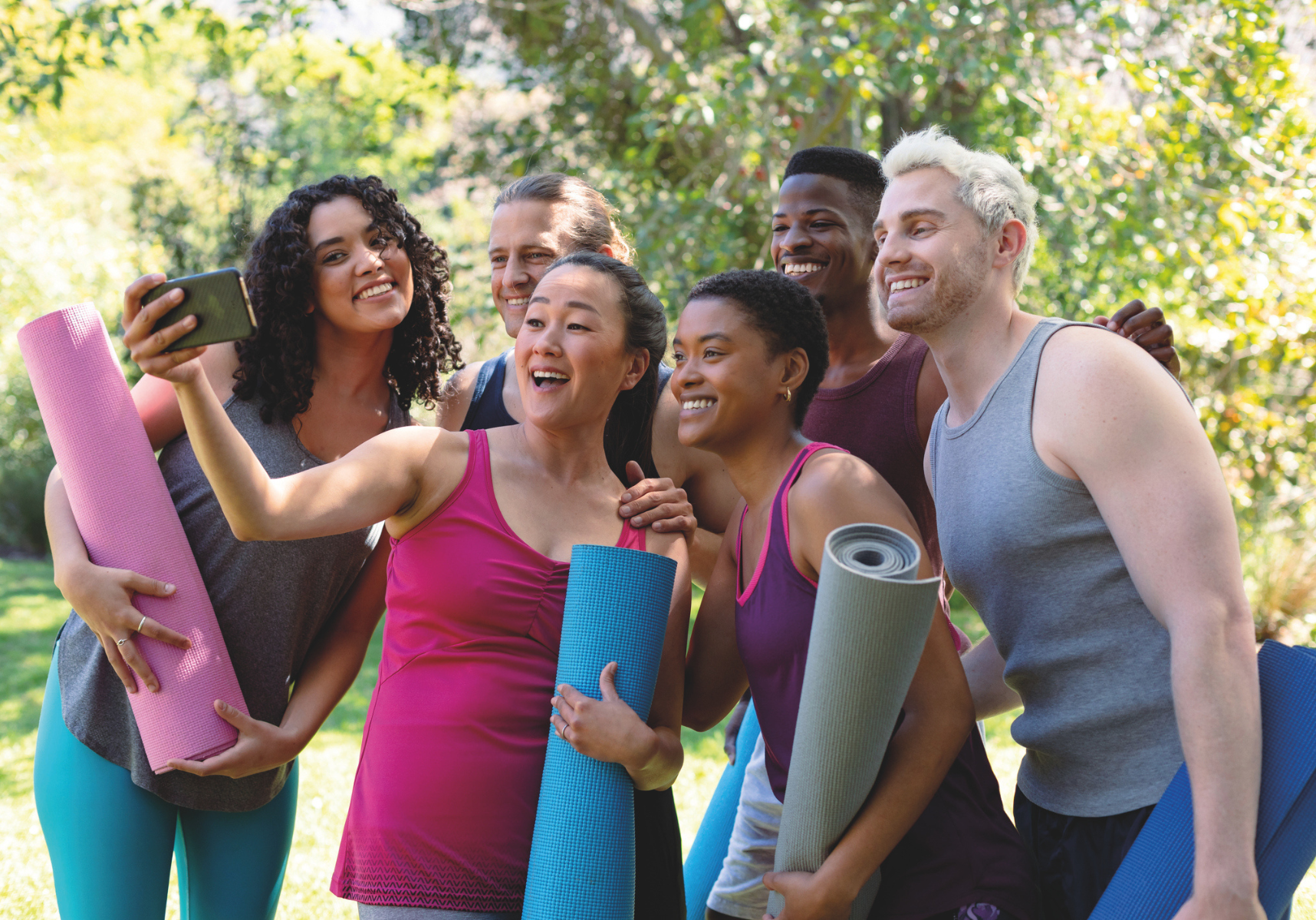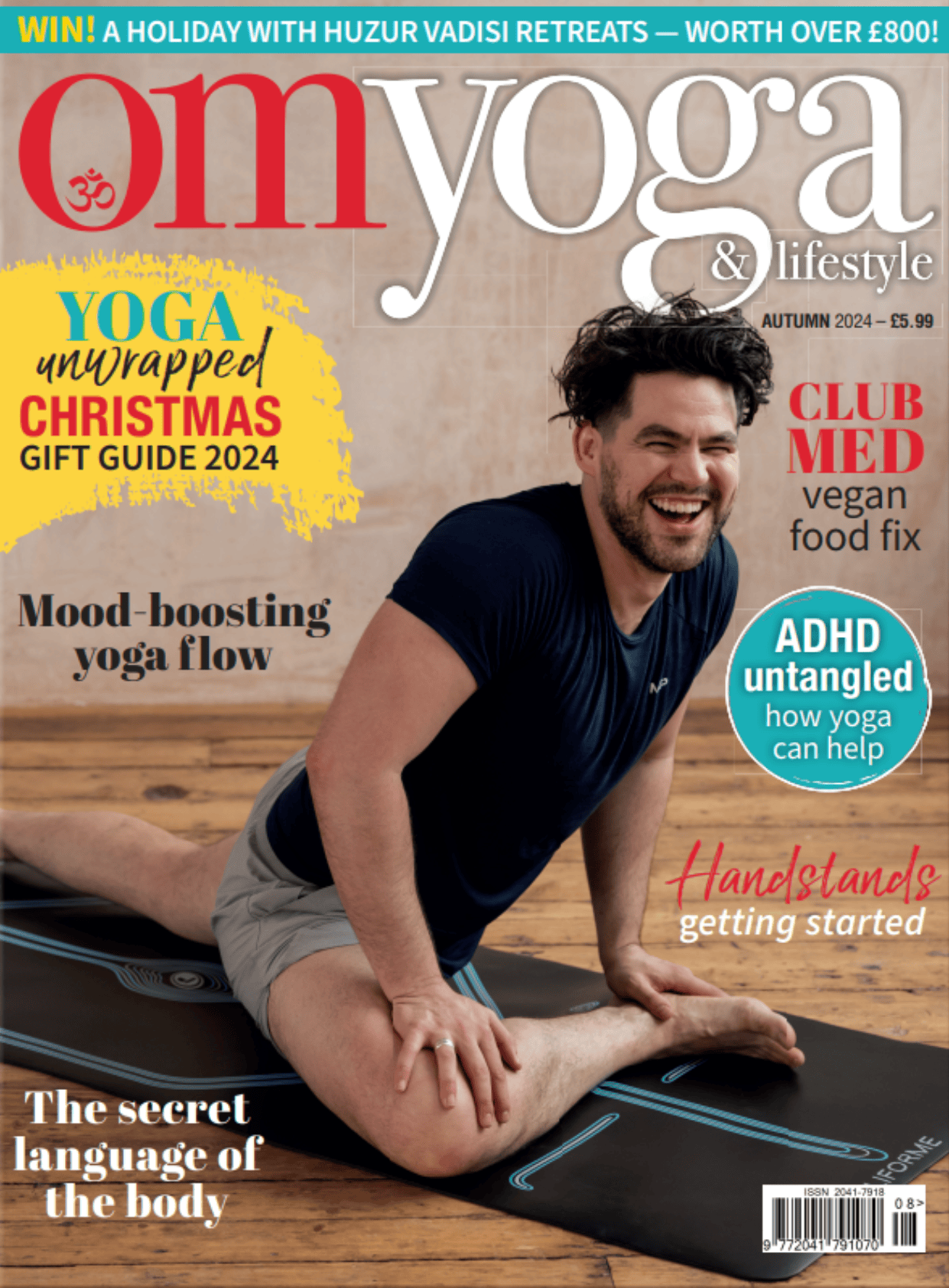
See Me, Hear Me
The importance of being seen and heard: Representation in the yoga industry. By Sarah Highfield
Reading time: 3 minutes
As a London-based, Hong Kong born and raised yoga teacher, I feel fortunate to be a part of a community, which is largely welcoming and inclusive of people from all backgrounds and ethnicities. Yoga and meditation are so widely practiced across the world, and in London alone, I have students from all corners of the globe, with different abilities and circumstances.
Representation in the yoga industry is important; if all yogis were cut from the same cloth, it could lead to some yogis thinking that acceptance and approval is only for one type of yogi.
Seeing a varied and diverse yoga community ensures yogis do not feel unwelcome. Furthermore, it keeps the industry thriving and interesting; without it, or with a lack of contact between different groups of people, it could lead to greater reliance on (often negative) stereotypes when thinking about people outside of one’s own group.
Diverse representation will provide people from all backgrounds the courage and inspiration to be part of the yoga community. With this in mind, yoga studios and media should continue to aim for their spaces and content to reflect their audiences, especially if they know that doing so could help to increase people’s self-esteem and wellness.
Representation is powerful, and it is especially powerful for young audiences. Seeing experiences that represent their own has the power to impact how children feel about themselves and others, and it can shape their future and visions.
All this said, representation must never be the final goal; instead, it would merely be one step toward equity and it should be intentional. As humans, we all want to feel understood, be seen and be valued. Therefore, beyond representation and inclusion, we need to be listened to and considered.
I truly believe that the yoga community has the power to bring people together and unite them. The current discussions in the yoga industry around representation are a chance for more open conversation with diverse voices and points of view, which will lead to fairer experiences for all.
Sarah Highfield is a yoga teacher, writer and regular OM contributor. Visit: yogagise.com or find her on Instagram @Yogagise


